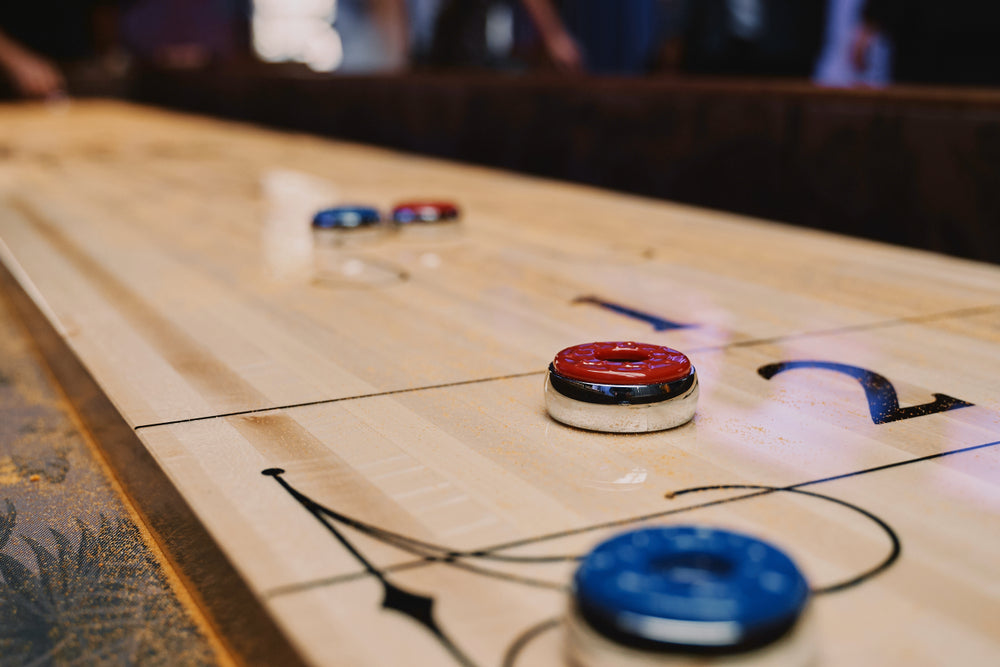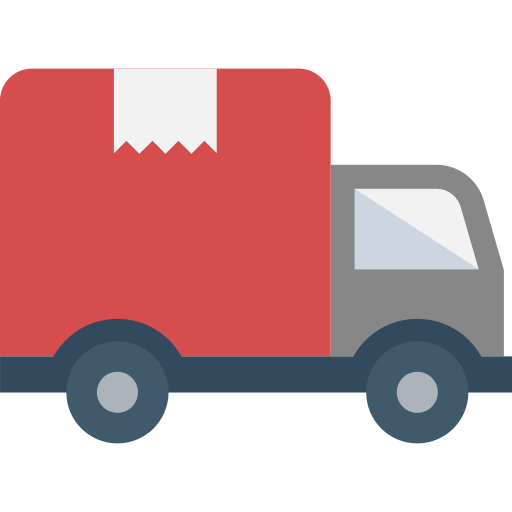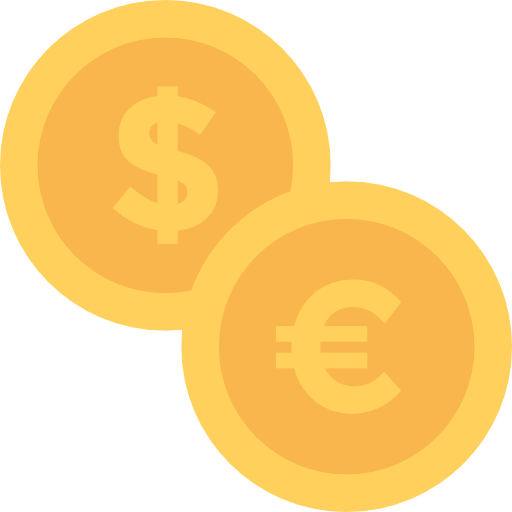Sliding to Success: A Novice's Handbook to Shuffleboard Rules and Scoring
Did you know that shuffleboards are one of the oldest games in existence, dating back over 500 years?
If you're new to the game and eager to learn, this beginner's guide to shuffleboard rules and scoring is here to help.
From understanding the scoring zones to mastering your slide technique, we'll cover everything you need to know to start enjoying this fun and competitive game.
So grab a puck and let's get shuffling!
Basic Rules of Shuffleboard
Now let's go over the basic rules of shuffleboard.
Shuffleboard is a fun and competitive game that can be played by people of all ages.
The objective of the game is to slide the weighted pucks, also known as biscuits, down a long and narrow court of a Playcraft shuffleboard, aiming to land them within marked scoring areas.
The game is typically played in teams, with each team alternating turns.
To start the game, determine who goes first by flipping a coin or using any other fair method.
The team that goes first will slide their pucks from the end of the court, called the base, towards the opposite end, known as the scoring area.
The pucks must be slid with enough force to reach the scoring area but should not go off the side of the court.
As for scoring, there are a few key elements to remember.
The scoring area is divided into several sections, each assigned a specific point value.
The closer a puck lands to the end of the court, the higher the point value it will receive.
Pucks that fall off the side of the court or fail to reach the scoring area do not receive any points.
At the end of each round, only the team with the puck closest to the end of the court within the scoring area will receive points.
If both teams have pucks in the scoring area, only the team with the puck closest to the end will score.
The team that scores in a round will also have the opportunity to go first in the following round.
These are the basic rules of shuffleboard. Remember to have fun and enjoy the game!
Equipment and Game Setup
To set up your shuffleboard game on your Imperial Shuffleboard Table, you'll need a shuffleboard court, a set of pucks, and a scoring system.
Here's what you need to know about the equipment and game setup:
Shuffleboard Court:
A shuffleboard court is a long, rectangular playing surface. It can be made of various materials such as wood, concrete, or plastic.
The standard length of a shuffleboard court is 52 feet, but smaller courts are also available for those with limited space.
The court is divided into different scoring zones, which we'll discuss in the next section.
Pucks:
A set of pucks, also known as weights, is required to play shuffleboard.
The pucks are typically made of plastic or metal and have a smooth bottom for easy gliding on the playing surface.
Each player or team has a set of four pucks, usually distinguished by different colors.
Scoring System:
To keep track of the points, you'll need a scoring system. This can be a traditional manual scoreboard or an electronic scoring unit.
The scoring system should display the current scores for each player or team and have a mechanism for updating the scores after each round.
Now that you have your shuffleboard court, pucks, and scoring system ready, it's time to understand the scoring zones and how points are awarded during the game.
Understanding the Scoring Zones
Take a closer look at the scoring zones on the shuffleboard court to understand how points are awarded.
Scoring on shuffleboard is based on where your discs land on the court.
The scoring zones are divided into different sections, each with its own point value.
Let's dive into the shuffleboard scoring rules and explore the scoring zones so you can play on your Playcraft Brazos River Pro-Style Shuffleboard Table without hesitation.
At the end of the shuffleboard court, you will find a triangular-shaped scoring area called the scoring triangle.
This area is divided into several scoring zones.
The highest point value is awarded in the center of the triangle, called the 10-off area.
Landing your disc in this zone will earn you a whopping 10 points, hence the name.
The next scoring zone is the 8-off area, which surrounds the 10-off area. Discs that come to rest in this zone will earn you 8 points.
Moving further out from the center, you will find the 7-off, 6-off, and 5-off areas, each with their respective point values.
The closer your disc lands to the center, the more points you will earn.
It is important to note that the discs must be completely within the scoring zone to be eligible for points.
Beyond the scoring triangle, there are additional scoring areas known as the 3-point line and the 2-point line.
Discs that come to rest between these lines will earn you 3 or 2 points, respectively.
Lastly, any disc that does not land in any scoring zone or outside the scoring triangle will not receive any points.
Understanding the scoring zones is crucial for strategizing your shots and maximizing your points in shuffleboard.
Keep these scoring rules in mind and aim for the highest point values to outscore your opponents.
How to Slide the Puck
Start by gripping the puck firmly and pushing it forward, using a smooth and controlled motion.
This is a fundamental skill that every shuffleboard player should master.
To help you slide the puck with accuracy and precision, here are some tips to keep in mind:
Stance
Stand with your feet shoulder-width apart, perpendicular to the shuffleboard table.
Keep your knees slightly bent for better balance and stability.
Grip
Hold the puck with your dominant hand, placing your thumb on top and your fingers wrapped around the sides.
Make sure your grip is firm but not too tight, allowing for flexibility and control.
Backswing
As you prepare to slide the puck, bring it behind your body, keeping it close to the shuffleboard table surface.
This will help generate power and momentum for a smooth release.
Release
Extend your arm forward, aiming for the scoring zone you want to target.
Push the puck with a fluid and controlled motion, keeping your wrist relaxed.
Avoid using excessive force, as it can lead to inaccurate shots.
By following these guidelines, you can improve your slide technique and increase your chances of scoring points in shuffleboard.
Remember to practice regularly to develop consistency and precision in your shots.
Now that you know how to slide the puck, let's move on to the next section about fouls and penalties in shuffleboard.
Understanding these rules is essential for fair play and a smooth game experience.
Fouls and Penalties
But, if you accidentally touch the playing surface with any part of your body or equipment before your turn is over, you will receive a foul and incur a penalty.
Shuffleboard has specific rules in place to ensure fair play and maintain the integrity of the game.
Knowing the fouls and penalties is crucial to becoming a skilled shuffleboard player.
One common foul in shuffleboard is called "foot fault."
This occurs when a player steps over the baseline while taking their shot.
The baseline is the line that separates the shooting area from the scoring area.
Stepping over this line before releasing the puck is considered a foul and will result in a penalty.
The penalty for a foot fault is the removal of all the pucks that were played during that turn, and the opposing team is awarded the points for any pucks that were in scoring position.
Another foul in shuffleboard is called a "touch foul."
This happens when a player accidentally touches a puck that is in play.
If you unintentionally touch a puck before your turn is over, it will result in a foul.
The penalty for a touch foul is the removal of the puck that was touched from play, and any points it may have scored are forfeited.
Lastly, intentionally knocking an opponent's puck off the scoring area is considered a foul. This is known as a "striking foul."
The penalty for a striking foul is the removal of the offending player's puck from play, and any points it may have scored are forfeited.
Understanding the shuffleboard rules, including the fouls and penalties, is essential for fair play and enjoyable gameplay.
By avoiding these fouls, you can avoid penalties and increase your chances of winning.
Strategies for Winning the Game
To increase your chances of winning the game, try utilizing a variety of strategies during your shuffleboard matches on your Imperial Reno 12ft Shuffleboard Table.
Understanding the shuffleboard rules and table shuffleboard scoring rules is essential, but having a strategic approach can give you an edge over your opponents.
Here are some strategies for winning the game:
Focus on accuracy
Aim to place your discs in specific areas of the scoring triangle to maximize your points.
By carefully considering your shots and aiming for the highest-scoring areas, you can significantly increase your score.
Block your opponent
Prevent your opponent from scoring by strategically placing your discs in their way.
By blocking their path to high-scoring areas or knocking their discs off the board, you can limit their scoring opportunities and gain an advantage.
Use the shuffleboard's features
Take advantage of the shuffleboard's features, such as the gutters and the triangle's backstop.
By using these elements strategically, you can bounce your discs off the sides or backstop to reach high-scoring areas or knock your opponent's discs out of play.
By implementing these strategies, you can improve your chances of winning and outperforming your opponents in shuffleboard matches.
However, it's important to note that each game may require different approaches, and adapting your strategy to the specific circumstances is crucial for success.
Now that you have learned some strategies for winning the game, it's time to move on to the next section: tips for keeping score accurate.
Tips for Keeping Score Accurately
To ensure you accurately keep score while playing shuffleboard, follow these helpful tips.
Properly keeping score is essential to maintain fairness and track your progress in the game.
Understanding the table shuffleboard rules and following them diligently will help you avoid any discrepancies.
Firstly, make sure you are familiar with the shuffleboard table game rules before you start playing.
Each game may have slightly different rules, so it is crucial to clarify any specific regulations before beginning.
This will ensure that you are aware of the scoring system and any additional rules that may apply.
When keeping score, it is essential to pay attention to the position of the discs on the board.
The scoring areas are divided into different zones, and the discs that are entirely within a specific zone will be counted accordingly.
Take your time to assess the position of the discs accurately and award points accordingly.
To minimize errors, it is advisable to have a designated scorekeeper.
This person should focus solely on keeping score and should not participate in the actual gameplay.
Having a dedicated scorekeeper will help reduce confusion and ensure accurate scoring throughout the game.
Another helpful tip is to communicate with your opponent and double-check scores after each round.
This will help catch any mistakes or discrepancies early on, allowing you to correct them promptly.
Open communication and collaboration will enhance the accuracy of the scorekeeping process.
Lastly, it is good practice to keep a written record of the scores, especially in longer games or tournaments.
This will serve as a reference point and can be used to resolve any disputes that may arise.
Frequently Asked Questions
Can I Slide the Puck With My Hand Instead of Using a Cue Stick?
Yes, you can slide the puck with your hand instead of using a cue stick.
This allows for more control and precision when aiming and shooting.
However, it's important to note that certain shuffleboard games may have specific rules regarding the use of cue sticks.
Therefore, it's always a good idea to familiarize yourself with the specific rules of the game you are playing to ensure fair play and enjoyment for everyone involved.
Is There a Limit to the Number of Players That Can Participate in a Shuffleboard Game?
Sure!
When it comes to the number of players in a shuffleboard game, there is no limit!
You can gather a group of pals or invite the whole gang to join in on the fun.
Whether it's a friendly match or a competitive showdown, the more, the merrier!
So grab your friends, grab your pucks, and get ready to slide and score your way to victory in this exciting game of shuffleboard!
Can the Puck Be Placed Directly on the Baseline at the Beginning of a Round?
Yes, you can place the puck directly on the baseline at the beginning of a round.
This allows for a fair start and ensures that each player has an equal opportunity to score.
By placing the puck on the baseline, you are setting it up for a smooth glide down the shuffleboard court.
It's important to remember to use the proper technique when releasing the puck to achieve the desired speed and accuracy.
Are There Any Specific Techniques for Aiming and Controlling the Speed of the Puck?
When aiming and controlling the speed of the puck in shuffleboard, there are a few techniques you can use.
First, try to aim for the middle of the scoring area to maximize your chances of scoring.
To control the speed, adjust the force with which you push the puck.
A lighter touch will result in a slower speed, while a stronger push will make the puck go faster.
Practice these techniques to improve your shuffleboard game on a 12 ft shuffleboard table.
How Many Points Are Deducted for Committing a Foul or Penalty?
When you commit a foul or penalty, points are deducted from your score.
The number of points deducted depends on the severity of the infraction.
It's important to follow the rules and avoid committing fouls or penalties to maintain a high score.
Remember, each point matters in shuffleboard, so stay focused and play fair to maximize your chances of winning.
Conclusion
So there you have it, fellow shuffleboard enthusiasts!
With these basic rules and scoring guidelines, you'll be sliding those pucks like a pro in no time.
Remember, the key to success is precision and strategy, so keep practicing and honing your skills.
Let the shuffleboard court become your stage, where each slide is a graceful dance and each point is a sweet melody.
Get out there and shuffle your way to victory!





